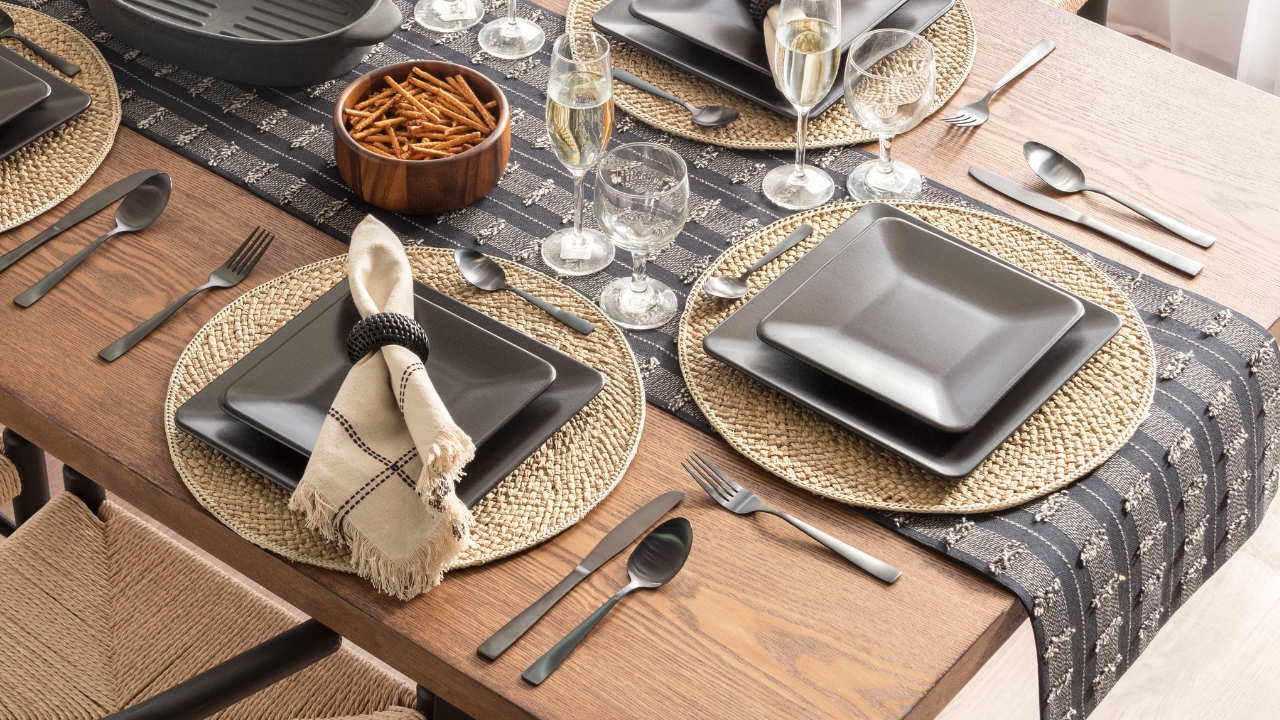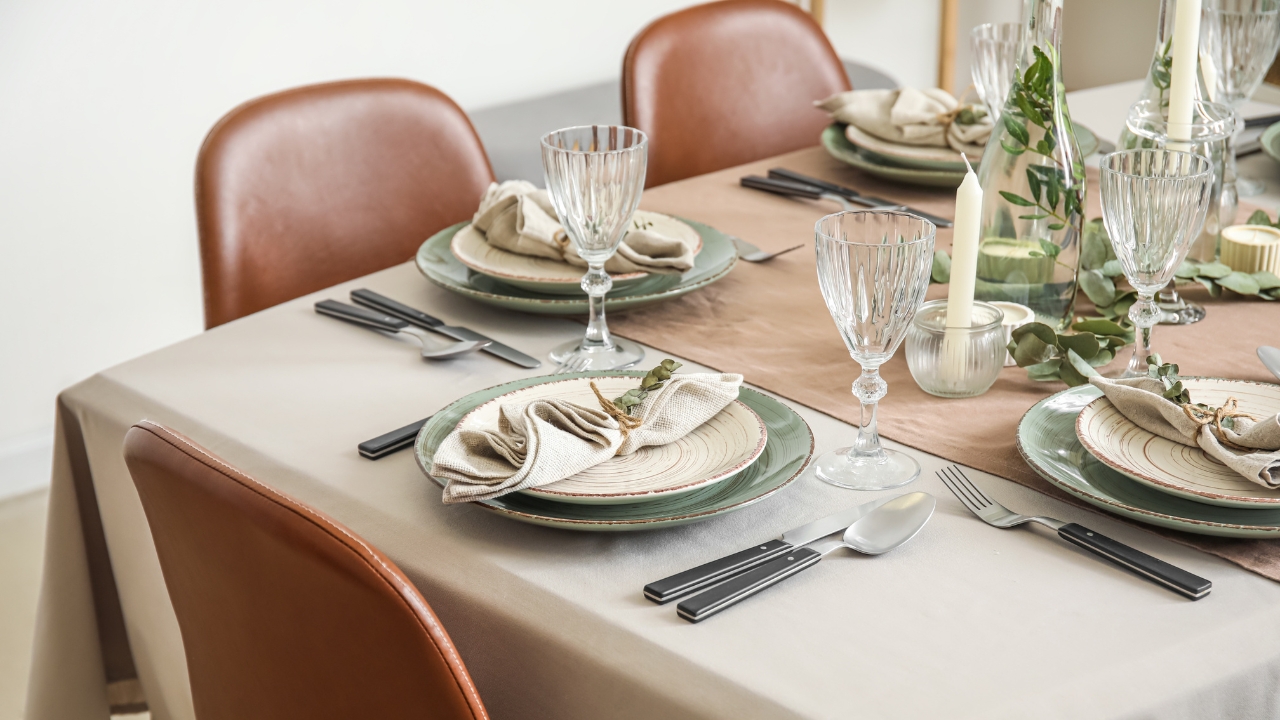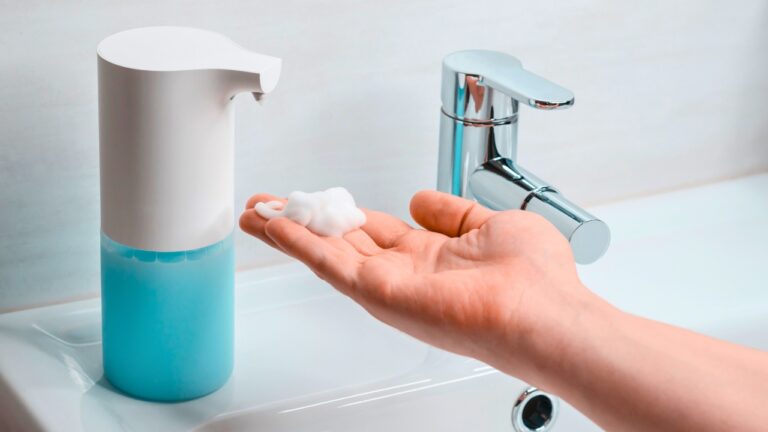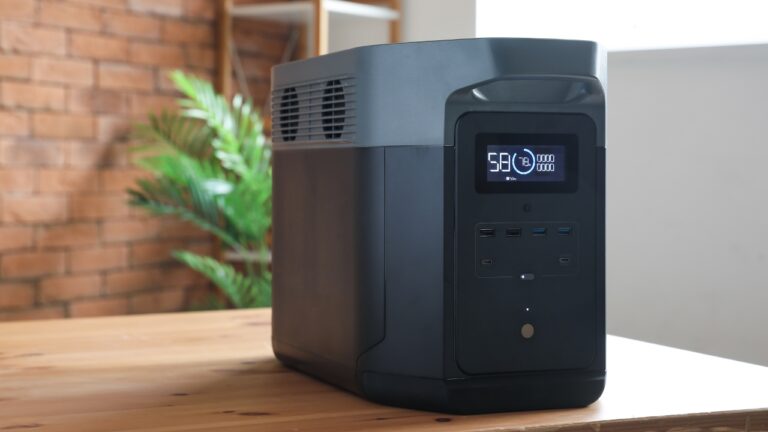Tablescape ideas that mix thrifted and new without clashing
A good table feels layered, not matchy. Thrifted finds bring story and texture; new basics keep everything clean and functional. The key is setting a few guardrails—color, metal, and scale—so the pieces you love play nicely together.
Pick a simple color story and stick to it
Choose two main colors and one accent pulled from your runner or napkins. Everything else—plates, candles, fruit—should nod to those shades.
A tight palette makes mixed eras and patterns feel intentional. If your thrifted plates are floral, keep the new linens solid. If the plates are simple, let the runner carry pattern.
Layer charger, dinner plate, and salad plate for depth
Thrifted chargers or platter-sized plates add instant gravitas under a simple white dinner plate. A patterned salad plate on top brings personality without overwhelming the setting.
Mind the rim widths so the stack steps down nicely. The “stair step” look keeps the table from feeling bulky and gives you room for flatware.
Let linens tie generations together
A new runner in a grounded color anchors the table. Mix in thrifted cloth napkins, even if they aren’t a perfect set—alternate patterns at each place for an easy, collected feel.
If napkins don’t match, repeat each pattern across the table in a predictable rhythm. Your eye reads the beat and the table looks pulled together.
Use one consistent metal across accents

Candlesticks, flatware, and napkin rings don’t have to match perfectly, but keeping them in the same metal family (all brass, all black, or all nickel) calms the mix.
If you already own mixed pieces, repeat each metal at least twice. One oddball reads like a mistake; two or three become a choice.
Mix glassware by shape, not chaos
Pair a simple water glass with a thrifted wine stem that has character—etched, ribbed, or colored. Keep the heights within an inch so the skyline feels tidy.
If you’re short on matching stems, run all the waters the same and alternate two styles of wine glass down the table. Repetition is your friend.
Add a natural element to soften everything
Fruit, greenery, or a small potted herb at each place keeps vintage pieces from feeling stiff. A sprig of rosemary wrapped with twine around the napkin is simple and smells like you meant to plan ahead.
Repeat the same element in the centerpiece so the table reads as one story. It’s the easiest designer trick for five dollars.
Use candles in groups, not lonely singles
Cluster two or three thrifted candlesticks at varying heights, then repeat that cluster in two or three spots. The repeated “mini scenes” feel cohesive and give even light.
If little hands will be near the table, swap open tapers for glass hurricanes or low votives in jam jars. You still get glow without a worry.
Give vintage plates a modern mate

If your thrifted dinnerware is ornate, pair it with modern, minimal flatware and plain napkins. If your plates are simple, let the flatware have a little personality—black matte or hammered metal.
Balancing old and new is the whole trick. When one element has a lot to say, keep the neighbor quiet and the table looks curated, not busy.
Edit before guests sit down
Set the full look, then remove one thing from each cluster—one jar, one candlestick, one sprig. Breathing room is what separates styled from crowded.
Do a final check from chair height. If you can see faces across the table, you nailed it. If not, lower the centerpiece or split it into two smaller moments.
Like Fix It Homestead’s content? Be sure to follow us.
Here’s more from us:
10 things that make your house feel less welcoming without saying a word
10 Upgrades That Make Your House Look Fancier Than Your Neighbor’s
*This article was developed with AI-powered tools and has been carefully reviewed by our editors.







